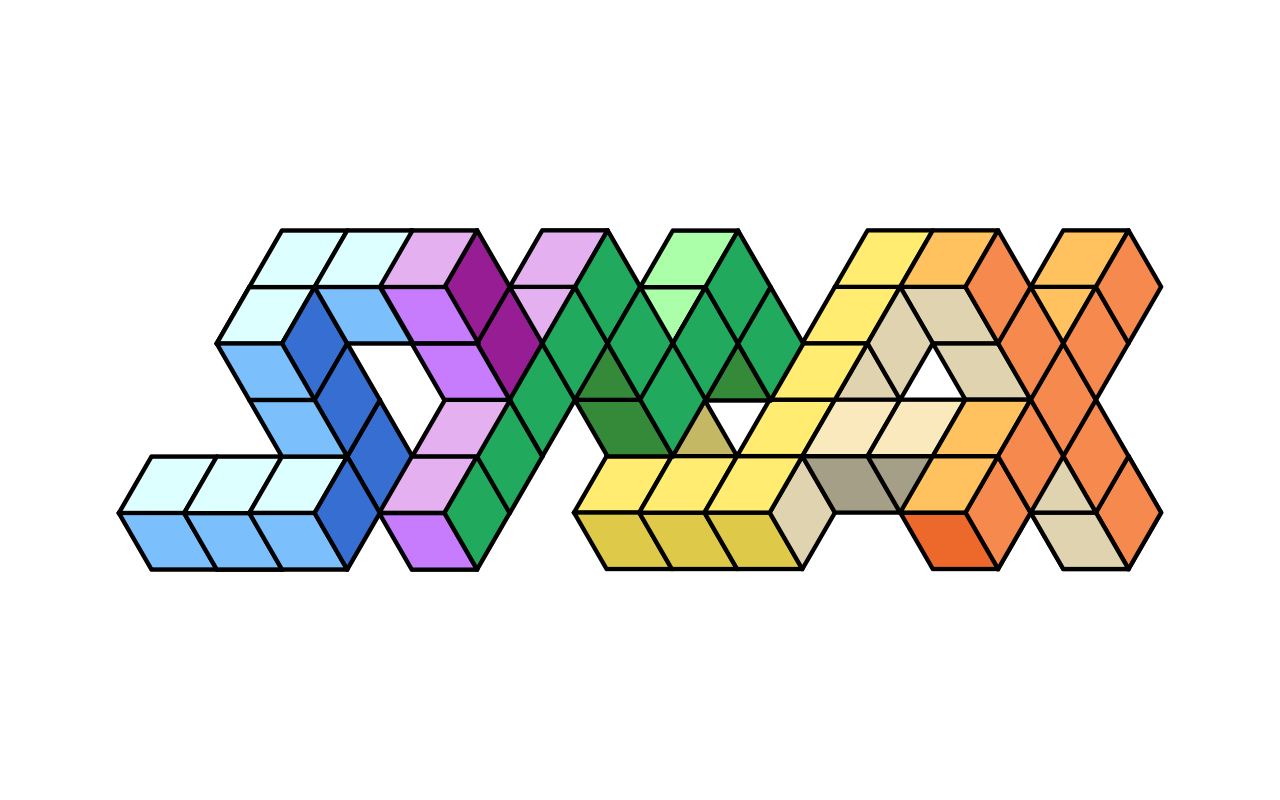Art corner
Logotype design
Logo |
Description |
|---|---|
 |
The beampower logo represents a beamforming or backprojection process, as depicted by the probability density function. The package is designed to enhance the detection and localization of seismic sources using array processing techniques. The 3D grid illustrates that the package is capable of working with data in three dimensions. |
 |
The scatseisnet logo is a modified Morlet wavelet for a seismic scattering network. It represents the wavelet transform at the core of a scattering network and has the ability to classify and group similar signals through analysis. The color gradient in the logo represents the ability to identify and distinguish between different types of signals. |
 |
The PyGMRT logo features a stylized topographic map overlay representing the Global Multi-Resolution Topography database. The design illustrates the package's purpose of automating data fetching from GMRT for geospatial analysis workflows. |
 |
The PyCPT-city logo is an animated color gradient representing the diverse collection of color palette tables (CPT) available from cpt-city. The flowing colors symbolize the package's ability to bring aesthetic color palettes to Matplotlib for enhanced scientific visualizations. |
 |
The SYMJAX logo is based on the original JAX logo, with the addition of the word "SYM" at the beginning. |
| The covseisnet logo represents an array of seismic stations, with one station symbolizing a virtual source in the field of passive seismic interferometry. The image is enclosed in brackets to symbolize the matrix framework of the Python package. | |
| Symposium logos | Description |
 |
This logo represents the Math + x symposium on inverse problems and deep learning in space exploration (2019). It symbolizes a Ptolemy solar system, with the central white half-circle representing a star, the second radial area showing an orbiting moon, and the last radial area showing an exoplanet illuminated by the star. The bottom spiderweb illustrates space-time deformations caused by the star, and the lower part shows an abstract representation of a neural network. |
 |
This logo represents the Math + x symposium on inverse problems and deep learning, mitigating natural hazards (2020). It depicts a volcano erupting and releasing a neural network, with a LSTM model being applied underneath to symbolize the research that was conducted to anticipate volcanic eruptions using deep learning and seismic source analysis. The logo also includes illustrations of a tornado and tsunamis to emphasize the focus on various types of natural hazards. |
 |
This logo represents the Math + x symposium on matter under extreme conditions in solar system giant planets and exoplanets, inverse problems and deep learning (2022). This logo depicts Saturn, with an atom symbol at its center symbolizing matter in the center of giant planets like metallic hydrogen. The constellation around the planet illustrates a neural network used to understand and model the behavior of such a system. |
Melodic Table of Elements
A side project to think about how art and science can meet. How to use iconic scientific representation to generate music in relationship with the scientific content? A first trial with the melodic table of elements.
The idea is to map each chemical element to a musical note, based on its atomic number. The higher the atomic number, the higher the pitch of the note.
Earth rocks
Earth Rock is a project that translates seismic activity data into drum scores using Python and MIDI format. By processing a catalog of seismic events, the project converts the data into rhythmic patterns, creating an artistic representation of seismicity.
This approach merges science and art, allowing the natural rhythms of the Earth to be expressed through music.



